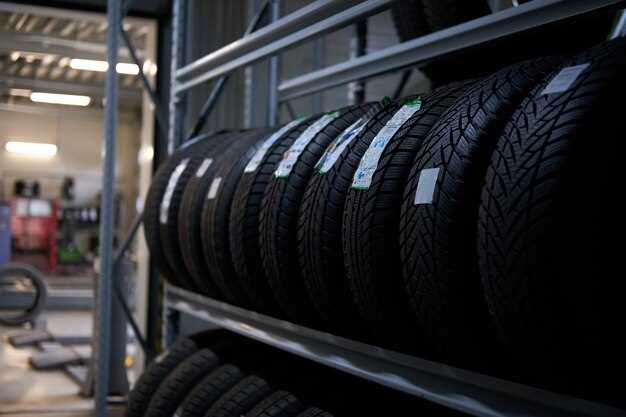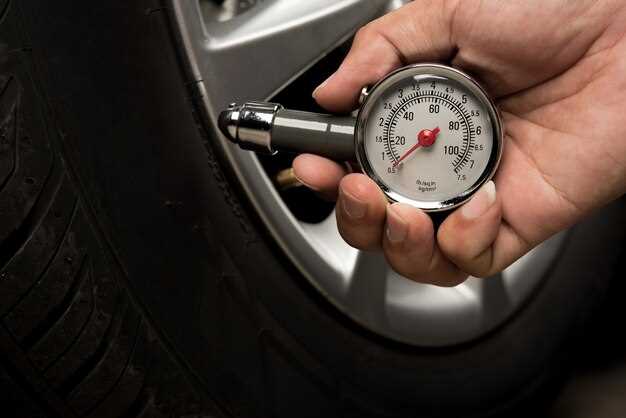
Tire pressure is a critical factor in the performance of racing vehicles. Tire Pressure Monitoring Systems (TPMS) play an essential role in maintaining optimal tire conditions during high-speed events. These systems provide real-time data on tire pressure, helping drivers make informed decisions that can significantly impact lap times and overall performance.
In racing, even a slight deviation in tire pressure can lead to diminished grip, increased tire wear, and compromised safety. TPMS technology ensures that drivers and pit crews can monitor tire conditions effectively, allowing them to adjust tire settings based on varying track conditions, weather changes, and vehicle dynamics. This capability is vital for achieving optimal performance on the racetrack.
Moreover, the integration of TPMS in modern racing has revolutionized strategies related to tire management. By analyzing tire pressure data, teams can optimize pit stop strategies and enhance the effectiveness of tire compounds, ultimately leading to better race outcomes. Understanding the importance of TPMS is crucial for any racing enthusiast or professional aiming for victory on the circuit.
Optimizing Tire Performance Through Accurate Pressure Monitoring

Accurate tire pressure is crucial for maximizing performance in racing environments. Tire Pressure Monitoring Systems (TPMS) provide real-time data, enabling drivers and teams to maintain optimal tire conditions. By monitoring tire pressure accurately, teams can achieve better grip, improved handling, and enhanced tire longevity.
Maintaining the correct tire pressure contributes significantly to vehicle dynamics. Under-inflated tires can lead to increased heat buildup, reduced fuel efficiency, and compromised safety. Conversely, over-inflated tires can cause loss of traction and uneven wear. The TPMS offers insights that help teams adjust tire pressure dynamically according to changing track conditions and ambient temperatures, ensuring that tires perform at their best throughout the race.
Data collected by TPMS can also inform tire strategy. For instance, understanding how tire pressure affects lap times allows teams to make informed decisions about pit stops and tire changes. By analyzing pressure trends during different race segments, teams can predict tire performance and manage tire wear effectively, resulting in a competitive advantage.
Incorporating technology such as TPMS into racing protocols allows teams to optimize tire performance. Real-time monitoring provides the ability to react immediately to pressure fluctuations, thus maintaining ideal operating conditions. Ultimately, this level of precision translates into improved race results, as drivers can rely on their tires to perform consistently under high-stress conditions.
Advanced TPMS Technologies Used in Professional Racing

In professional racing, tire pressure monitoring systems (TPMS) have evolved significantly, employing advanced technologies to enhance vehicle performance and safety. These systems are critical for ensuring optimal tire conditions, which directly influence handling, grip, and speed on the track.
One of the notable innovations in TPMS tech is the integration of real-time data analytics. Modern TPMS units utilize sensors that provide continuous feedback on tire pressure, temperature, and even tread wear. This data is transmitted wirelessly to the pit crew, allowing for instantaneous decision-making regarding tire strategy and adjustments during a race.
Telemetry systems are also a vital component of advanced TPMS technologies in racing. By leveraging high-frequency data transmission, teams can monitor tire conditions live, which enables them to make rapid modifications to tire management strategies. This capability is crucial during competitive races where every second counts.
Furthermore, some racing series have adopted smart algorithms within their TPMS that predict tire performance based on historical data and real-time inputs. These predictive analytics help teams anticipate tire degradation and optimize pit stops, thereby maximizing performance for both short and long races.
Additionally, advancements in sensor technology have led to the creation of more durable and lightweight components that can withstand the harsh conditions of racing. These sensors are often designed to be more resistant to vibration and extreme temperatures, enhancing their reliability and accuracy on the track.
Another important feature of modern TPMS in racing is the level of integration with other vehicle systems, such as suspension and traction control. By sharing data across systems, teams can fine-tune vehicle settings to deliver the best performance under varying race conditions, ensuring that tire pressure plays a coherent role in overall vehicle dynamics.
Overall, advanced TPMS technologies are indispensable in the realm of professional racing, providing teams with the tools necessary to fine-tune tire management, enhance performance, and gain a competitive edge on the track.
Real-Time Data and Its Impact on Race Strategy
In high-stakes racing environments, the accuracy and immediacy of data are crucial for optimizing performance. Tire Pressure Monitoring Systems (TPMS) play a pivotal role in this aspect by providing real-time data regarding tire conditions. These systems continuously monitor tire pressure, offering insights that can significantly influence race strategies.
Effective management of tire pressure is essential for achieving optimal grip and stability on the track. Real-time feedback provided by TPMS enables teams to make critical decisions about tire management. For example, if a tire’s pressure drops unexpectedly, teams can react promptly to avoid potential skidding or blowouts, thereby maintaining competitive edge.
Moreover, integrating real-time data analysis into race strategy allows teams to adapt their approach based on changing track conditions and tire performance. With instant access to data, crew chiefs can make informed choices about pit stops, tire selection, and adjustments to car settings. This agility in decision-making fosters a proactive rather than reactive strategy.
Additionally, real-time insights can improve tire life management during a race. By understanding tire performance dynamics as they evolve, teams can optimize their driving styles and adjust their pace accordingly. This proactive management helps in extending tire lifespan, which can be a decisive factor in lengthy competitions.
In summary, the integration of TPMS technology provides racing teams with vital real-time data, significantly impacting race strategies. The ability to monitor tire conditions actively allows for enhanced decision-making, ultimately contributing to improved performance on the track.











